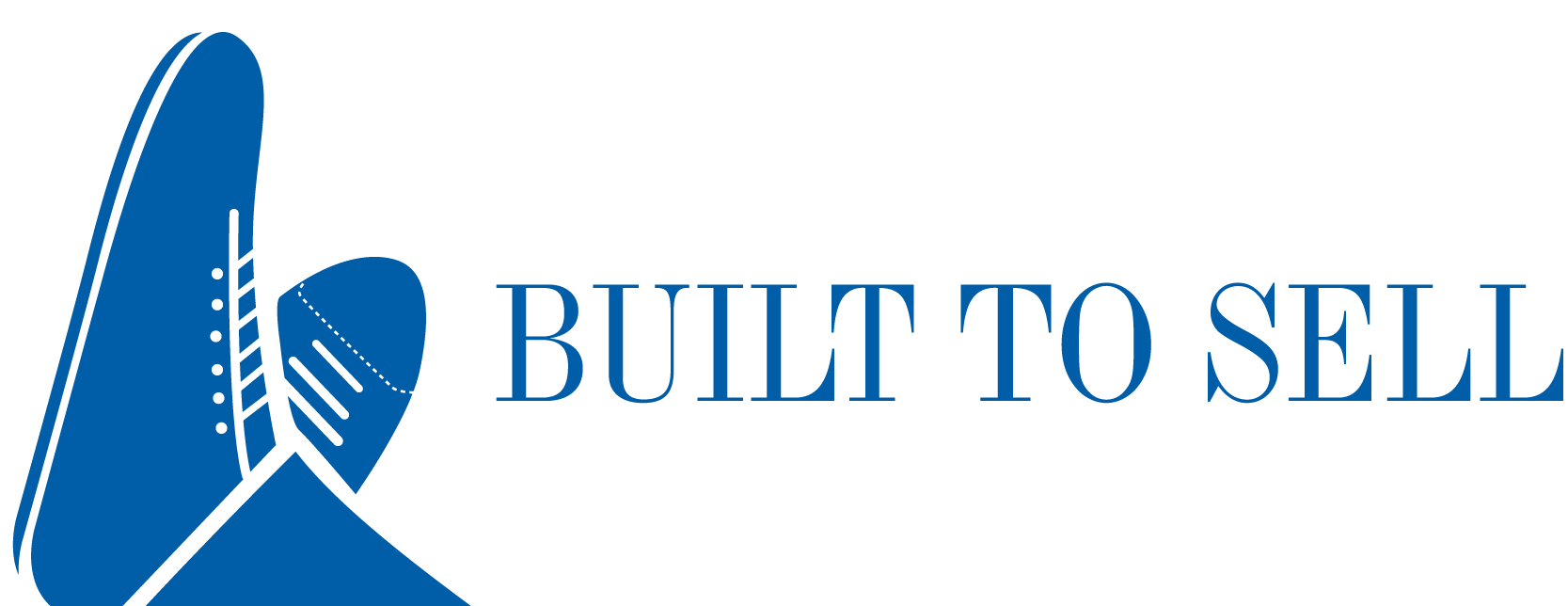About this episode
The Traffic & Conversion Summit attracts 7,000 attendees and keynote speakers like Sir Richard Branson. So why would the creator want to sell it?
Nobody likes paying for a hundred TV channels when all you want is a few, which is why so many people are dropping cable in favor of a subscription to only the channels they want.
Similarly, no investor wants to buy a business with a hodgepodge of product lines if they can’t figure out how to value and monetize all of what you’ve created.
Which is how Ryan Deiss got himself into a pickle.
Deiss is the co-foudner of Digital Marketer, a growing e-learning platform for marketers with – up until recently – a thriving annual conference that draws 7,000 marketers and speakers like Sir Richard Branson.
When Deiss went to raise money for Digital Marketer, would-be investors didn’t know how to categorize them. Some investors liked Deiss’ e-learning company but didn’t want to be in the events business. Others liked events and didn’t value e-learning as much. That’s when Deiss made a drastic decision that would end up paying off handsomely.
In this episode, you’ll learn:
- How more product and service lines could reduce your market value
- How to identify if you have a division worth selling off
- What is takes to get Richardson Branson to keynote your event
- How to negotiate your Non-Compete
- The one thing you should never do when agreeing to an earn out
- The importance of knowing your number before you start negotiating with an acquirer
- How to fly business class on your acquirer’s dime
- How to avoid the biggest regret Deiss wishes he had avoided
Deiss and his business partners initially struggled to find an investor or buyer for their business because they were offering too many service and product offerings. By carving out the Traffic & Conversion Summit as its own entity, they were able to streamline what they were offering to an interested buyer. We’ll figure out what one thing investors will value most about your company in module 6 of The Value Builder System™ — Get started for free right now by completing Module 1.
Check out our article on 4 Things To Consider Before Agreeing To An Earn-Out Deal.

About Our Guest
Best-selling author, founder of multiple companies collectively employing hundreds around the globe, and one of the most dynamic speakers on marketing in the United States today. Ryan is the founder and CEO of DigitalMarketer.com and Founder and Managing Partner of RivalBrands.com and plattr.com. Ryan is the creator of the “Customer Value Optimization” methodology and have introduced and popularized many of the digital selling strategies that modern companies now take for granted.


